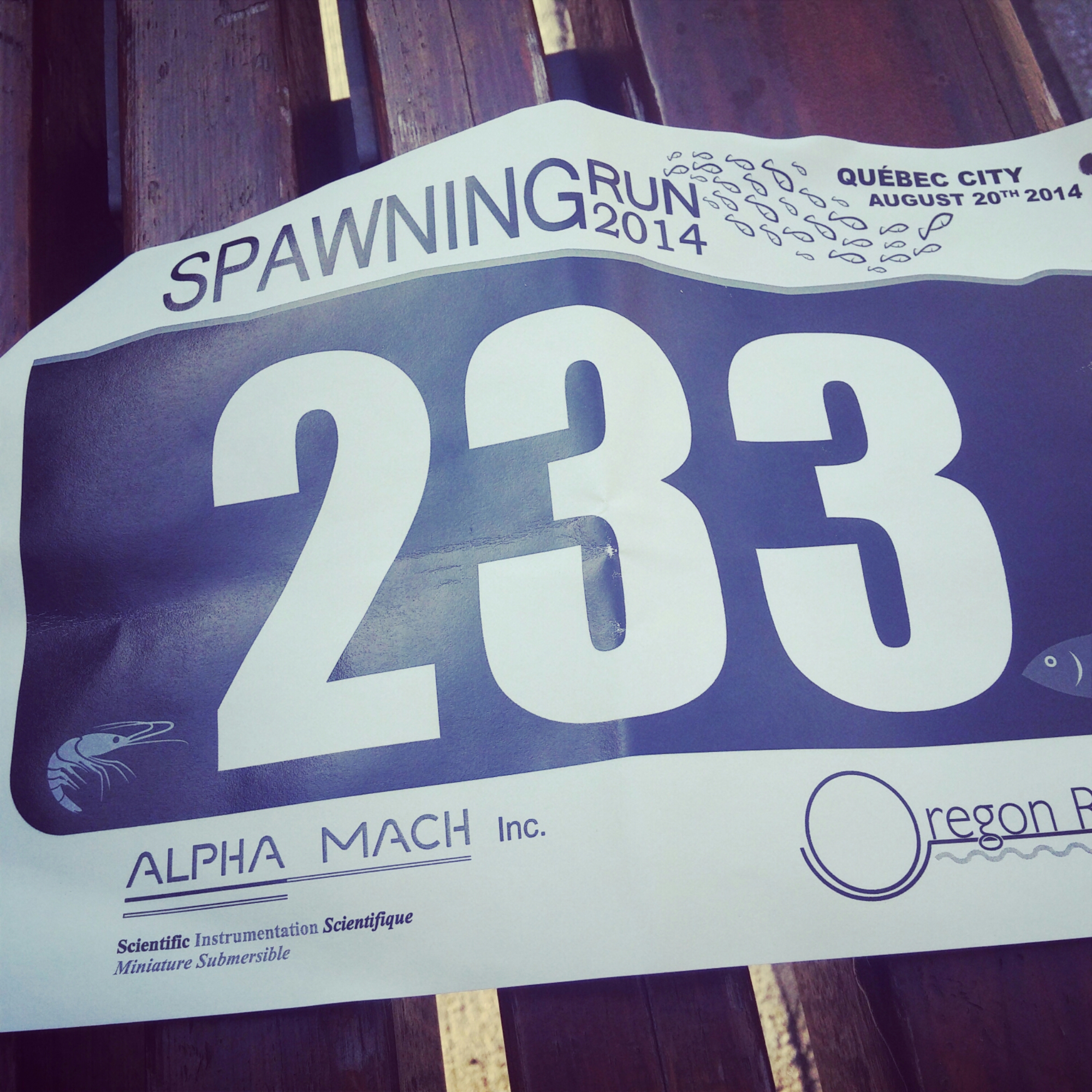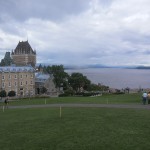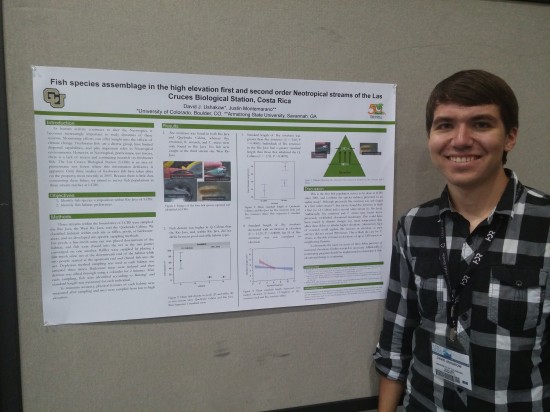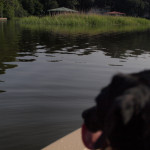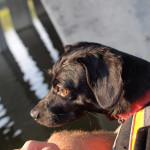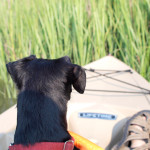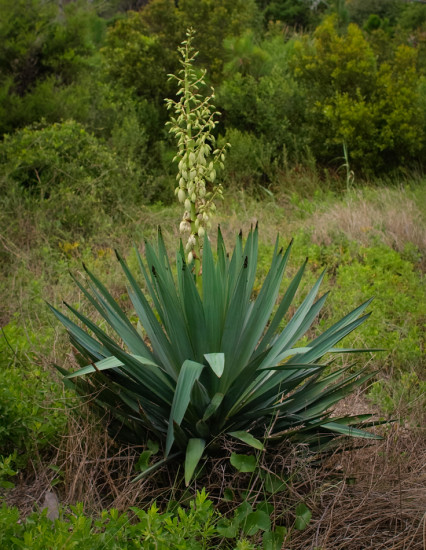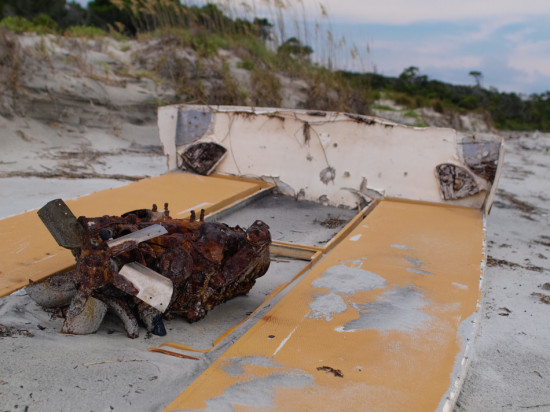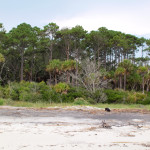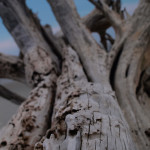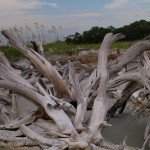Tuesday
I saw a number of contributed talks on Tuesday, including one on an endangered snail, Assiminea pecos, given by Beth Roesler at Texas Tech. A. pecos is a small, ~2 mm, freshwater snail found in a handful of counties in Southwester United States. Its status and major threats are unclear, so Beth set out to characterize preferred habitat for the snail and consider methods in quantifying snail densities. One characteristic important to snail presence-absence was related to moisture. The snails seemed to occur in a fairly narrow band of soil saturation/moisture levels, and in arid environments, like the South West, these bands can be pretty sparse and easily impacted. She also suggested that common reed Phragmitis australalis invasion may add to the threats facing A. pecos.
One interesting thing I noticed in her talk, and a number of other talks here, is that regression tree analyses seems to be increasing in popularity. I recall my first experience with it in a paper by Usio et al. on native and invasive crayfish presence in Japan. It seemed like an unusual and powerful analysis at the time.
Some food, beer and ska
In the evening, I enjoyed my first gastropod meal at Le Moine Enchanson, and a beer at Barbarie. The beer was a coffee stout, and, while not quite as caffeinated as the Southbound Brewery + Perc coffee stout sold in Savannah, it was creamy and delicious. On my way back to the hotel, I saw a few posters for an upcoming ska show with the Planet Smashers in the line up – would love to see them again.
Wednesday
I started today with a 5k run – the Spawning Run – which is held during each AFS meeting. The course took us through Battlefields Park, and it was quite hilly. I finished in 26:01, which is, to the best of my knowledge, nearly a two minute PR. Certainly a good start to the day.
From the run, I began sitting in on the Larval Fish conference and saw a talk by Michael Miller. Miller discussed some hypotheses regarding movement of pelagic leptocephali from off-shore to near-shore habitats. Leptocephali are slimy, snot-like, larval forms of some marine fish, including Angullid eels. There’s not much to these little fish, so it’s expected that after adults spawn off shore (often hundreds of miles), the leptocephali larvae are at the mercy of the ocean currents, with little active movement on their own. Miller, however, proposed that the “leptos” may actively swim back to their near-shore habitats. While he didn’t really present any data to support this directly, surveys of adult and larval locations suggest that the larvae are crossing large ocean currents – something that is unlikely if they are riding the currents. The lack of support was actually the most interesting thing to me. It says that we don’t know what some large, ecologically and sometimes economically, groups of fishes are doing as larvae. Most importantly, with dramatic changes in ocean currents predicted under climate change, leptocephali fishes have some big challenges ahead.
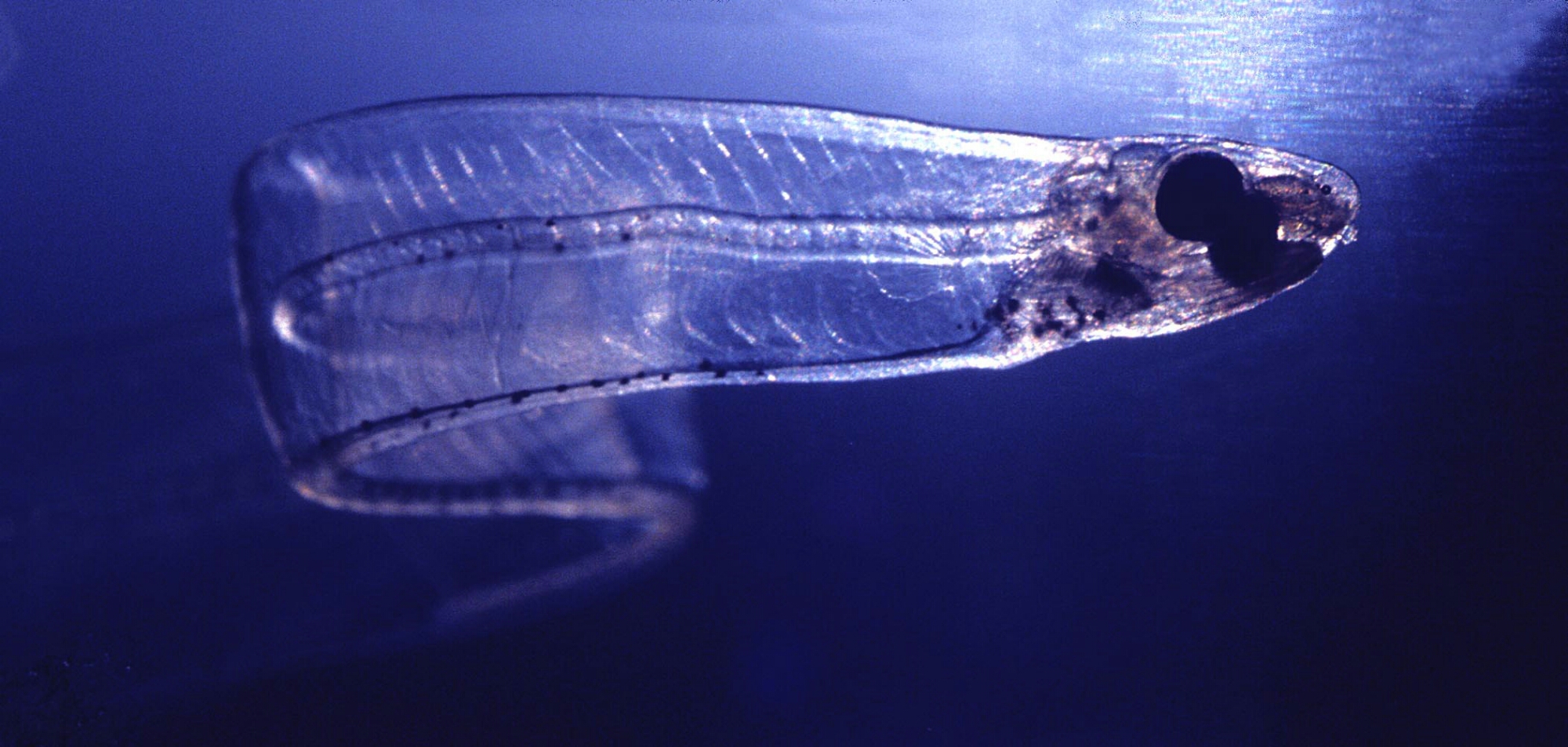
Tonight ends with the big networking event. Traditionally, this event has been open bar… I guess I’ll go ahead an post this one a little early.


